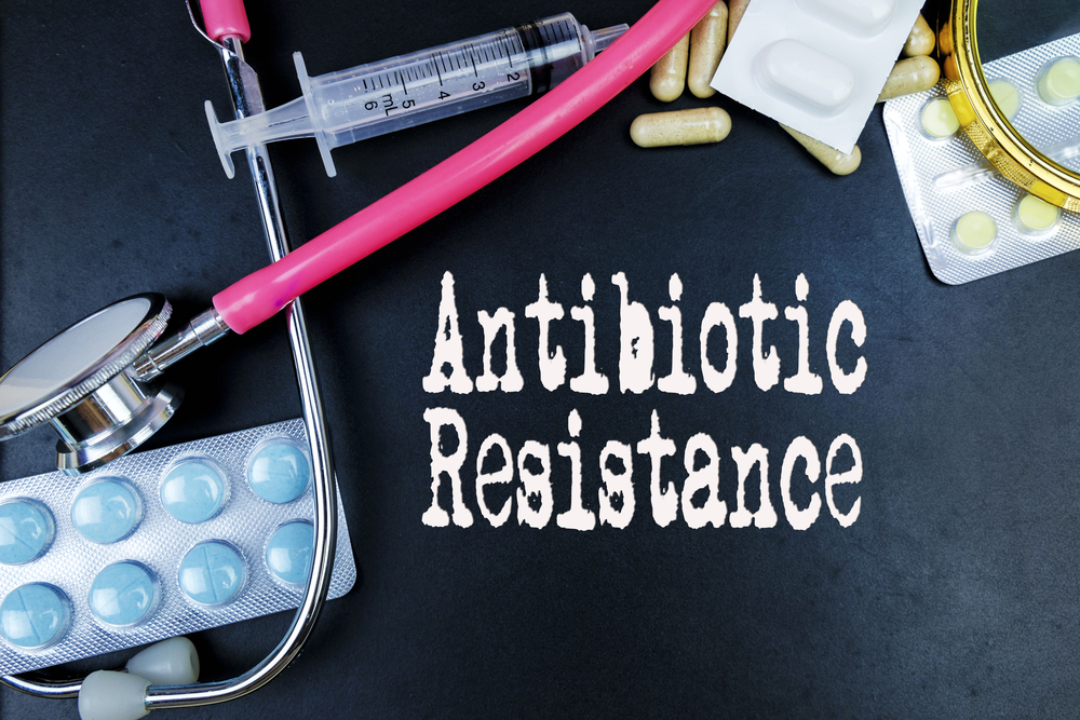
Researchers test common Household disinfectants’ abilities to fight antibiotic resistance at the genetic level
On Aug. 11, 2025, University of Washington (UW) researchers announced the results of testing the efficacy of several common disinfectants against antibiotic resistance genes in bacteria. Now, UW researchers offer new insights into measures currently used to control the spread of antibiotic resistant bacteria and other infectious agents in health care facilities.
Antimicrobial resistance is a lurking threat in hospitals around the world. As more strains of bacteria and other microbes evolve defenses against available drugs, more patients run the risk of contracting infections that defy treatment.
In a paper published in Environmental Science & Technology, the team studied the efficacy of nine common disinfectants used in health care facilities or households — such as ethanol, hydrogen peroxide, benzalkonium chloride and UV light — against three well-known strains of antibiotic-resistant bacteria. The researchers first evaluated how successfully each disinfectant killed (or more accurately “inactivated”) the bacteria.
Then the team went a step further. It also assessed the damage the disinfectants did to the root cause of the resistance: the bacterial genome itself. And while all the cleaners did a great job of stopping the spread of bacteria, the picture was very different when the team zeroed in on DNA.
The experiment pitted the nine disinfectants against three kinds of antibiotic-resistant bacteria, including methicillin-resistant Staphylococcus aureus (MRSA), the microbe responsible for life-threatening staph infections. Researchers placed samples of the bacteria in different environments, mostly as dried drops on stainless steel and nonstick surfaces that are common in hospitals and at home. They then applied the disinfectants and measured the effects on both the bacterial cells and the genes in question.
As expected, the disinfectants did a great job of stopping the bacteria. However, most had a negligible impact on the resistance-conferring genes. The DNA survived largely intact, and it was free to find its way into new bacteria.
“Chlorine, under the conditions we tested, seemed to be less effective against DNA than we originally anticipated, whereas another common cleaner called phenol, which we didn’t think would be effective, actually ended up working relatively well in some cases,” said senior author Michael Dodd, a UW associate professor in the civil and environmental engineering department.
The winner in many of the experiments was UV light, which did significant damage to the offending genes — though ultimately less damage than the team anticipated.
Tags:
Source: University of Washington
Credit:
